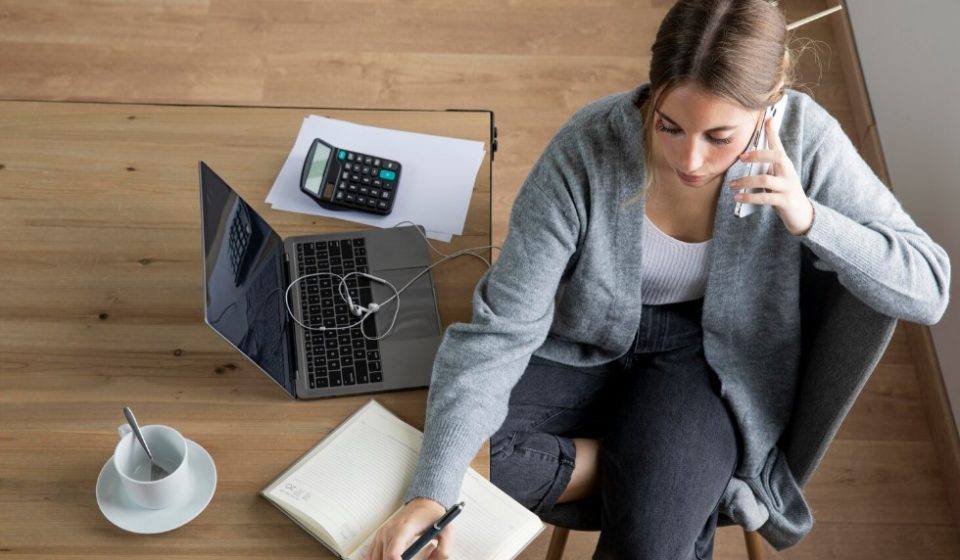
Unusual Ways to Make Everyday Tasks Less Exhausting
There’s a quiet truth unfolding behind our daily exhaustion: most of what drains us has less to do with the physical act of doing and more to do with the mental resistance that precedes it. We wake up already summarizing the battles of the day—laundry, emails, errands—as though energy were a precious liquid we must tightly ration. But what if energy were not a finite reservoir, but a current—one that expands or contracts depending on how fluidly we move within it?
To make everyday tasks less exhausting, first consider how you relate to them mentally. Instead of tackling chores as a series of duties, treat them as small experiments in form and focus. Washing dishes can be a moment to observe textures and sounds, a kind of tactile meditation. Folding clothes can become a slow choreography of movement and breath. The switch isn’t about romanticizing chores—it’s about recognizing that resistance burns more energy than the act itself. Once the mind stops protesting, the body often relaxes into an almost rhythmic ease.
This subtle reframing—seeing fatigue as a messenger rather than an enemy—changes the way you pace your day. Fatigue might be asking you to soften your movements, to breathe more deliberately, or simply to adjust your environment instead of pushing harder. The paradox is that, in honoring fatigue as guidance rather than fighting it, you unlock more sustainable energy.
You can also practice what might be called micro-alignment: small bodily or environmental tweaks that reduce unnecessary strain. Notice the height of your desk, the angle at which light hits your screen, or whether your shoulders subtly tense when you cook or type. These details may seem trivial, but your body keeps a precise ledger of them all—and over time, optimization at this level transforms exhaustion into efficiency without the usual sense of depletion.
The other secret? Stop chasing “efficiency” as a constant. Instead, think in terms of rhythmic balance—ebb and flow. By allowing moments of ease and curiosity to mix with effort, you can turn repetition into rhythm. Every routine then becomes an opportunity to test small changes: different breathing patterns, pacing, or sequences of tasks. As you experiment, you start to locate that point where movement feels more like participation than performance. That is where energy becomes renewable.
When we start perceiving our ordinary movements as a dialogue with energy, rather than a contest against time, our relationship to routine changes quietly but profoundly. The tasks don’t go away—but they lighten. You no longer move through them with a clenched determination, but rather with an evolving awareness that simplicity and attentiveness are the most underestimated forms of rest.
When we talk about making life easier, most people jump to large solutions—vacations, ergonomic furniture, better schedules. Yet the most transformative changes often happen at the micro level: the subtle science of small comforts that compound in their impact. The way you arrange light, sound, and rhythm throughout your day can exert a quiet influence on your body’s energy economy.
For instance, light is not just illumination—it’s a biological cue. By adjusting the brightness and tone of your surroundings to mirror natural daylight patterns, you can gently harmonize your body’s alertness cycles. Warm, dim lighting in the evening signals rest; bright, cool light encourages focus. Similarly, sound can be engineered to guide energy. A soft, consistent rhythm—instrumental music, ambient nature sounds, or even the hum of a fan—can lend cadence to repetitive tasks, transforming monotony into momentum.
Micro-intervals of recovery are another overlooked energy-saving tool. Instead of waiting for large blocks of rest, weave tiny restorative pauses between tasks. Ten seconds of conscious breathing before sending an email, thirty seconds of shoulder stretching after washing dishes, or even changing your visual perspective (standing up, looking out a window) resets the nervous system. These aren’t breaks in the traditional sense—they’re micro recalibrations. They allow rest and action to coexist in tempo, rather than existing as opposites.
Playfulness, too, has a physiological impact on fatigue. If you approach everyday work with a spirit of curiosity—“How can I make this easier?” rather than “When will this end?”—your brain shifts from stress response to problem-solving creativity. This gentle psychological shift fosters neurotransmitters linked to motivation and pleasure, naturally increasing endurance without strain.
Environmental and sensory design can amplify these effects. Keep frequently used items within a flowing reach. Simplify your visual environment—open spaces reduce cognitive clutter. Introduce small rituals: lighting a candle before cooking, opening a window before sorting paperwork, taking your first sip of coffee in stillness. When each task is surrounded by a sensory cue, it gains a rhythm that lessens resistance.
What underlies all of this is an understanding that rest is not the absence of motion but the quality of it. You can be resting mentally even while moving physically, if movement is aligned, well-paced, and sensorially satisfying. The more your environment and body are tuned to each other, the less your energy leaks through unconscious friction.
Ultimately, the art of making everyday tasks less exhausting lies not in doing less, but in doing differently. A well-designed moment—balanced lighting, intentional breathing, gentle sound—becomes a cooperation between you and your environment. Each tiny correction offers your nervous system a note of relief. Over time, these moments add up, teaching your day to hum instead of grind.
So when fatigue returns, don’t treat it as failure. Treat it as feedback. Realign, breathe, soften your pace. In doing so, you engage in one of life’s most practical forms of creativity: transforming the ordinary into a sustainable rhythm of comfort, clarity, and quiet joy.







